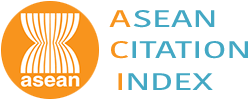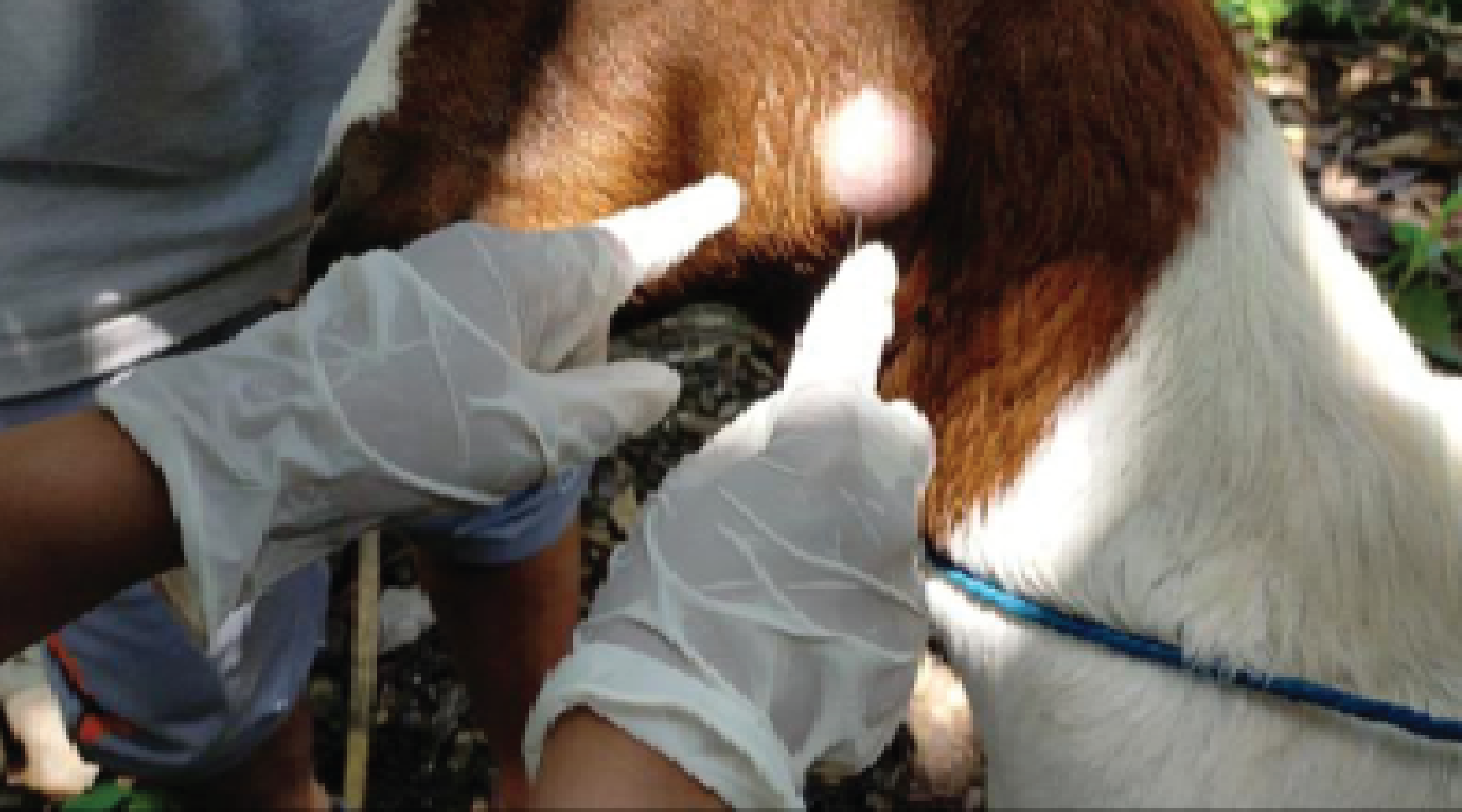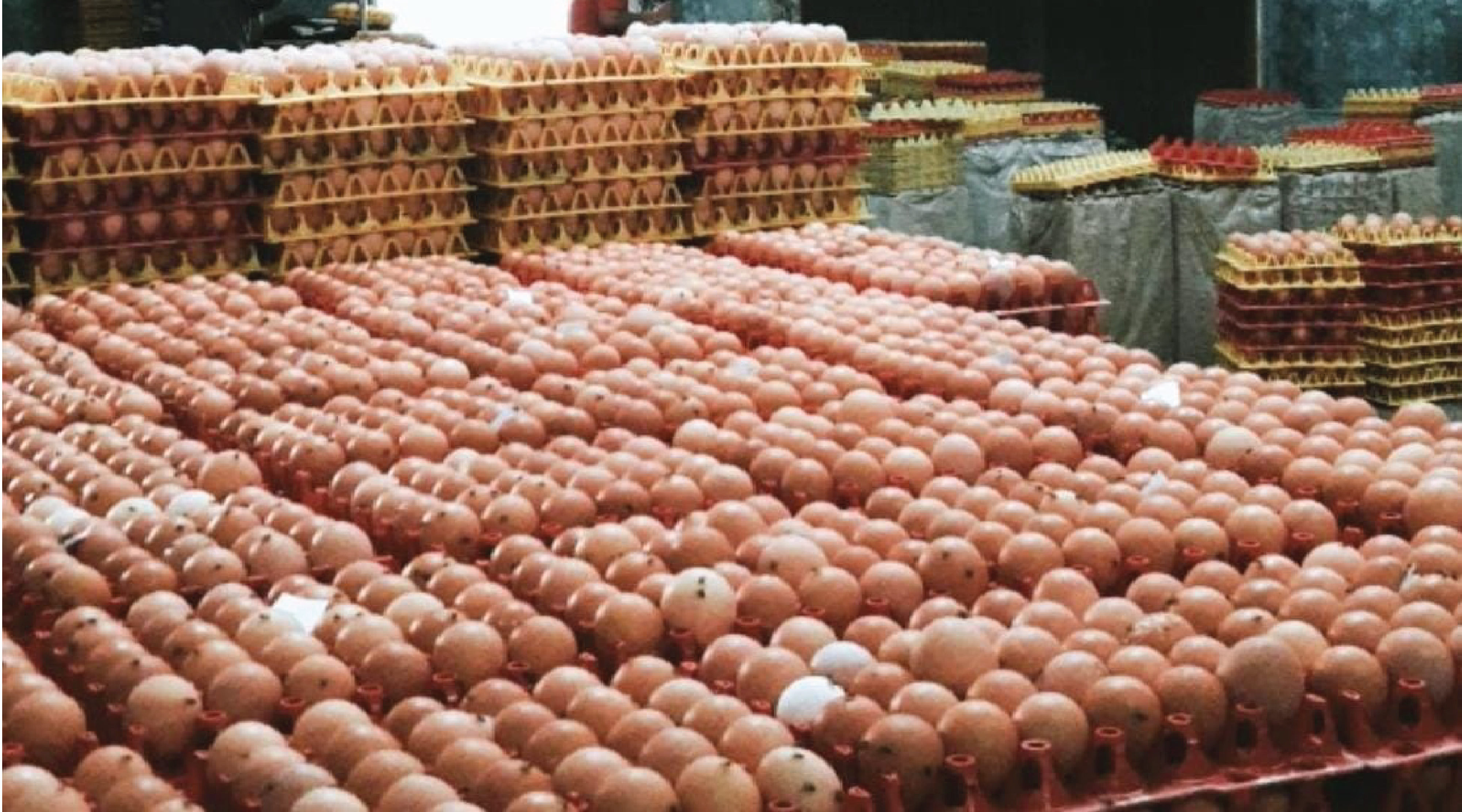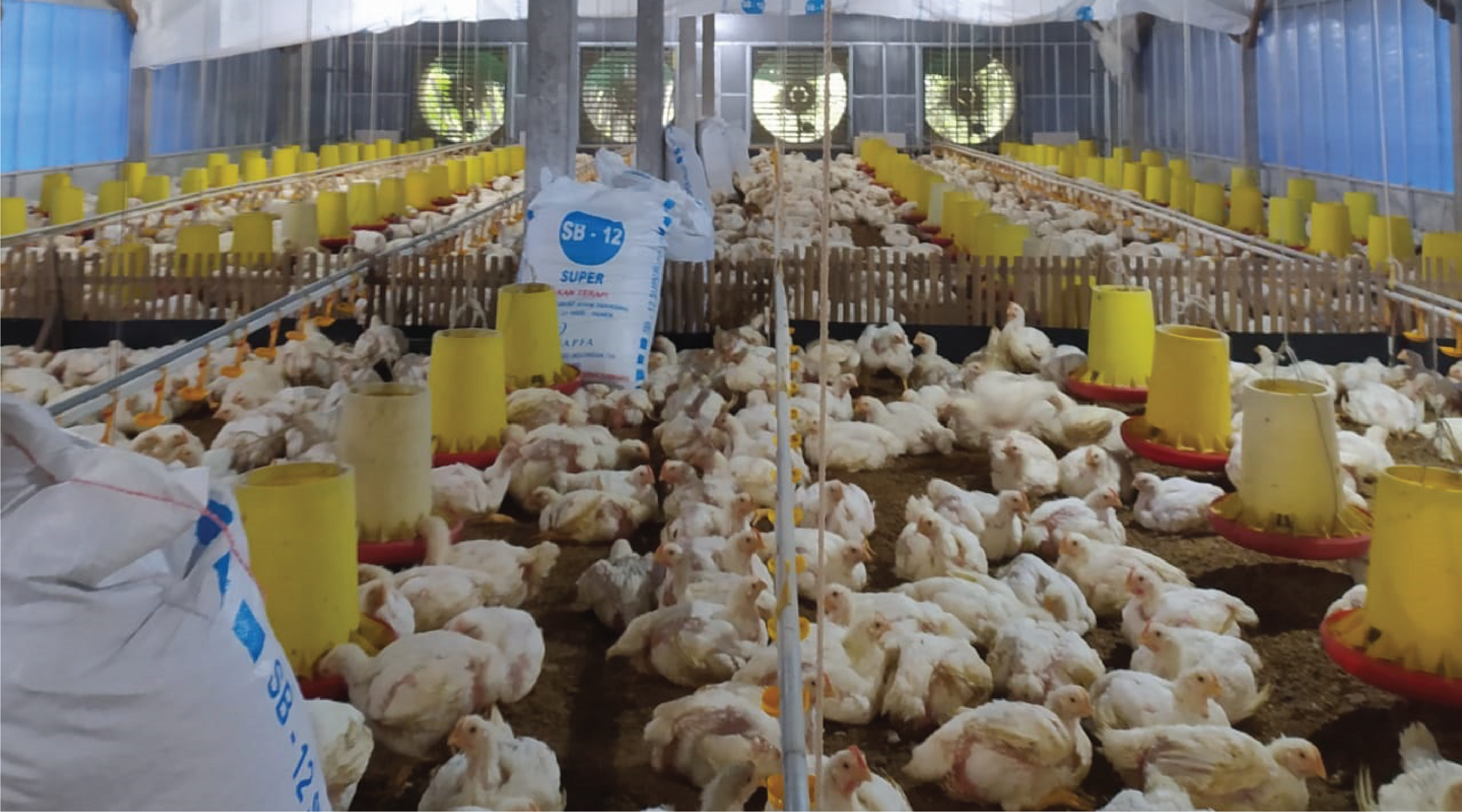Factors Affecting Diversity and Distribution of Haemoparasites and Ectoparasites of Rodents and Shrews In Iringa District

Downloads
Background: Rodents and shrews serve as a reservoirs and final hosts of various parasitic agents. Different factors are known to affect the diversity and distribution of the parasites harbored by them. Little is known on the factors affecting the diversity and distribution of parasites in rodents and shrews found at different elevations in Iringa District. Understanding these factors is crucial to comprehending how parasitic populations among small mammals spread. Purpose: This study aimed to investigate the factors associated with the diversity and distribution of ectoparasites and hemoparasites in rodents and shrews in Iringa. Method: A cross-sectional study was conducted in selected sites between March and June 2023. Rodents and shrews were captured using Sherman and wire traps, euthanized, and then their sex and species were identified. After that, ectoparasites, blood and tissue sample were collected and processed. The diversity and distribution of parasites at different sites were calculated using the Shannon-Wiener Index formula. Results: The overall prevalence of hemoparasites infection was 24.2 % (50/207), dominated by Anaplasma centrale (17.4%:36/207) followed by Plasmodium spp. (8.7%:18/207) and Anaplasma marginale (4.4%:9/207). A total of 713 ectoparasites belonging to five taxa were recovered from small mammals with an overall prevalence of 55.1% (114/207), dominated by mites; Echinolaelaps echidninus 46.4% (96/207), followed by lice; Polyplax spinulosa 16.9% (35/207), tick Hemaphysalis spp. 7.3% (15/207), and two flea taxa; Dinopsylla lypusus 2.9% (6/207) and Xenopsylla cheopis 1% (2/207). Conclusion: The high occurrence of Anaplasma centrale and Echinolaelaps echidninus suggests potential ecological and public health significance.
Alias, S.N., Sahimin, N., Edah, M.A., and Mohd-Zain, S.N., 2014. Epidemiology of Blood Parasitic Infections in The Urban Rat Population in Peninsular Malaysia. Tropical Biomedicine, 31(2), 230–240.
Babolin, L.D.S., Almeida-Silva, M.J.F.D., Potenza, M.R., Fava, C.D., Castro, V., Harakava, R., Okuda, L.H., Rebouças, M.M., and Campos, A.E.D.C., 2016. Zoonosis Associated to Rattus Rattus and the Impacts of the Public Actions to Control the Species. Arquivos do Instituto Biológico, 83.
Babyesiza, W.S., Mpagi, J., Ssuuna, J., Akoth, S., and Katakweba, A., 2023. Ectoparasite Fauna of Rodents and Shrews with Their Spatial, Temporal, and Dispersal Along a Degradation Gradient in Mabira Central Forest Reserve. Journal of Parasitology Research, 2023(3), 1–15.
Baker, D.G., 2007. Arthropods. In: Fox, J.G., Quimby, F.W., Newcomer, C.E., Davisson, M.T., Barthold, S.W., and Smith, A.L. The Mouse in Biomedical Research. Elsevier, pp, 1(1), 565–579.
Chen, M.-X., Ai, L., Chen, J.-H., Feng, X.-Y., Chen, S.-H., Cai, Y.-C., Lu, Y., Zhou, X.-N., Chen, J.-X., and Hu, W., 2016. DNA Microarray Detection of 18 Important Human Blood Protozoan Species. PLOS Neglected Tropical Diseases, 10(12), e0005160.
Dada, E.O., 2016. Study on the Ectoparasites and Haemoparasites of Domestic Rats in Parts of Akure South Local Government Area of Ondo State. International Journal of Clinical Chemistry and Laboratory Medicine, 2(1), 1–5.
De Fuentes-Vicente, J.A., Gutiérrez-Cabrera, A.E., Flores- Villegas, A.L., Lowenberger, C., Benelli, G., Salazar- Schettino, P.M., and Córdoba-Aguilar, A., 2018. What Makes an Effective Chagas Disease Vector? Factors Underlying Trypanosoma Cruzi-Triatomine Interactions. Acta Tropica, 183, 23–31.
Eisen, R.J., Borchert, J.N., Mpanga, J.T., Atiku, L.A., MacMillan, K., Boegler, K.A., Montenieri, J.A., Monaghan, A., and Gage, K.L., 2012. Flea Diversity as an Element for Persistence of Plague Bacteria in an East African Plague Focus. PLoS ONE, 7(4), e35598.
Encyclopedia Britannica., 2021. Shrews Summary. Encyclopedia Britannica
Gebrezgiher, G.B., Makundi, R.H., Katakweba, A.A.S., Belmain, S.R., Lyimo, C.M., and Meheretu, Y., 2023. Arthropod Ectoparasites of Two Rodent Species Occurring in Varied Elevations on Tanzania’s Second Highest Mountain. Biology, 12(3), 394.
Grytnes, J.-A. and McCain, C.M., 2013. Elevational Trends In Biodiversity In: Levin, S.A. (Ed.), Encyclopedia Of Biodiversity. 2nd Ed. Elsevier, pp.149-154 .
Hagenah, N., Prins, H.H.T., and Olff, H., 2009. Effects of Large Herbivores on Murid Rodents in a South African Savanna. Journal of Tropical Ecology, 25(5), 483–492.
Hamidi, K. and Bueno-Marí, R., 2021. Host-ectoparasite Associations; the Role of Host Traits, Season and Habitat on Parasitism Interactions of the Rodents of Northeastern Iran. Journal of Asia-Pacific Entomology, 24(1), 308–319.
Happold, M. and Happold, D.D., 2013. Mammals of Africa. Bloomsbury.
Harimalala, M., Ramihangihajason, T.R., Rakotobe Harimanana, R., Girod, R., and Duchemin, J.-B., 2021. Illustrated Morphological Keys for Fleas (Siphonaptera) in Madagascar. Journal of Medical Entomology, 58(4), 1701–1716.
Ibrahim, M.S.N., 2020. A Study on Parasite Fauna of Rats and Shrews Caught at Three Wet Markets in Kuala Terengganu, Malaysia. International Journal of Nature and Life Sciences, 4(1), 01–13.
Iringa Rural District, 2015. Socio-Economic Profile Iringa, Tanzania.
Islam, S., Rahman, M.K., Ferdous, J., Rahman, M., Akter, s, Faraque, M.O., Chowdhury, M.N.U., Hossain, M.A., Hassan, M.M., Islam, A., and Islam, A., 2020. Hemoprotozoa and Anaplasma spp. in Rodents and Shrews of Bangladesh. Tropical Biomedicine, 37(4), 842–851.
Katakweba, A.A.S., 2018. The Prevalence of Haemoparasites in Rodents and Shrews Trapped from Domestic and Peridomestic Houses in Morogoro Municipality, Tanzania. A Hidden Public Health Threat. Tanzania Veterinary Journal, 36, 75-82.
Katakweba, A.A.S., Mulungu, L.S., Eiseb, S.J., Mahlaba, T.A., Makundi, R.H., Massawe, A.W., Borremans, B., and Belmain, S.R., 2012. Prevalence of Haemoparasites, Leptospires, and Coccobacilli with Potential for Human Infection in the Blood of Rodents and Shrews from Selected Localities in Tanzania, Namibia, and Swaziland. African Zoology, 47(1), 119–127.
Kessy, S.T., Makundi, RhodesH., Massawe, A.W., and Rija, A.A., 2024. Flea Infestation of Rodent and Their Community Structure in Frequent and Non-Frequent Plague Outbreak Areas in Mbulu District, Northern Tanzania. International Journal for Parasitology: Parasites and Wildlife, 23, 100921.
Kramm III, M.M., Gutierrez, M.R., Luepke, T.D., Soria, C., Lopez, R.R., Cooper, S.M., Davis, D.S., and Parker, I.D., 2017.Trypanosoma Cruzi in Free-Ranging Mammalian Populations in South Texas, Usa. Journal of Wildlife Diseases, 53(4), 788–794.
Krasnov, B.R., Bordes, F., Khokhlova, I.S., and Morand, S., 2012. Gender-Biased Parasitism in Small Mammals: Patterns, Mechanisms, Consequences. Mammalia, 76(1), 1–13.
Krasnov, B.R., Khokhlova, I.S., Shenbrot, G.I., and Poulin, R., 2008. How Are the Host Spectra of Hematophagous Parasites Shaped Over Evolutionary Time? Random Choice vs Selection of a Phylogenetic Lineage. Parasitology Research, 102(6), 1157–1164.
Krasnov, B.R., Vinarski, M.V., Korallo‐Vinarskaya, N.P., Shenbrot, G.I., and Khokhlova, I.S., 2021. Species Associations in Arthropod Ectoparasite Infracommunities are Spatially and Temporally Variable and Affected by Environmental Factors. Ecological Entomology, 46(6), 1254–1265.
López-Pérez, A.M., Pesapane, R., Clifford, D.L., Backus, L., Foley, P., Voll, A., Silva, R.B., and Foley, J., 2022. Host Species and Environment Drivers of Ectoparasite Community of Rodents in a Mojave Desert Wetlands. PLoS ONE, 17(6), e0269160.
Makokha, G., Ngwena, A., and Ngeiywa, G., 2011. Prevalence of Trypanosoma and Plasmodium Species’ Parasites in Small Rodents of Kakamega Forest in Western Kenya. African Journal of Health Sciences, 19(3).
Materu, A.E., 2023. Trypanosomiasis in Rodents from Selected Plague Endemic Foci of Tanzania, South Asian Journal of Parasitology, 7(1), 19–28.
Mawanda, P., Rwego, I., J Kisakye, J., and Sheil, D., 2020a. Rodents as Potential Hosts and Reservoirs of Parasites Along the Edge of a Central African Forest: Bwindi Impenetrable National Park, South Western Uganda. African Health Sciences, 20(3), 1168–1178.
Mawanda, P., Rwego, I., J Kisakye, J., and Sheil, D., 2020. Rodents as Potential Hosts and Reservoirs of Parasites Along the Edge of a Central African Forest: Bwindi Impenetrable National Park, South Western Uganda. African Health Sciences, 20 (3), 1168–1178.
McCain, C.M. and Grytnes, J., 2010. Elevational Gradients in Species Richness. In: Encyclopedia of Life Sciences. Wiley.
McCauley, D.J., Salkeld, D.J., Young, H.S., Makundi, R., Dirzo, R., Eckerlin, R.P., Lambin, E.F., Gaffikin, L., Barry, M., and Helgen, K.M., 2015. Effects of Land Use on Plague (Yersinia pestis) Activity in Rodents in Tanzania. The American Society of Tropical Medicine and Hygiene, 92(4), 776–783.
Meliyo, J.L., Kimaro, D.N., Msanya, B.M., Mulungu, L.S., Hieronimo, P., Kihupi, N.I., Gulinck, H., and Deckers, J.A., 2014. Predicting Small Mammal and Flea Abundance Using Landform and Soil Properties in a Plague Endemic Area in Lushoto District, Tanzania. Tanzania Journal of Health Research, 16(3).
Mhamphi, G.G., Msoffe, V.T., Lyimo, C.M., Katakweba, A.S., Massawe, A.W., Komba, E.V.G., and Mnyone, L.L., 2024. Detection and Characterization of Zoonotic Bartonella spp. in Rodents and Shrews Ectoparasites From Kigoma and Morogoro Regions, Tanzania. Mammalia, 88(1), 41–51.
Mize, E.L., Tsao, J.I., and Maurer, B.A., 2011. Habitat Correlates with the Spatial Distribution of Ectoparasites on Peromyscus Leucopus in Southern Michigan. Journal of Vector Ecology, 36(2), 308–320.
Mlyashimbi, E.C.M., Vanden Broecke, B., Mariën, J., Kimaro, D.N., Tarimo, A.J.P., Machang’u, R.S., Isabirye, M., Makundi, R.H., Massawe, A.W., Hieronimo, P., Kifumba, D., Leirs, H., Mdangi, M.E., Belmain, S.R., and Mulungu, L.S., 2019. Soil Type Influences Population Dynamics and Survival of the Multimammate Rat (Mastomys Natalensis) in Semi-Arid Areas in Tanzania. Crop Protection, 124, 104829.
Mullen, G.R. and OConnor, B.M., 2019. Mites (Acari). In: Reimer, L. and Weeks, E. (Eds.), Medical and Veterinary Entomology. Elsevier, pp. 533–602.
Mulungu, L.S., Makundi, R.H., Massawe, A.W., Machang’u, R.S., and Mbije, N.E., 2008. Diversity and Distribution of Rodent and Shrew Species Associated with Variations in Altitude on Mount Kilimanjaro, Tanzania. Mammalia, 72(3).
Musese, L.J., Kitegile, A.S., and Kilawe, C.J., 2024. Ectoparasites of Wild Rodents in Forest Sites Invaded and Uninvaded by Maesopsis Eminii in Amani Nature Forest Reserve, Tanzania. International Journal for Parasitology: Parasites and Wildlife, 24, 100932.
Ngowo, H.S., Kaindoa, E.W., Matthiopoulos, J., Ferguson, H.M., and Okumu, F.O., 2017. Variations in Household Microclimate Affect Outdoor-Biting behavior of Malaria Vectors. Wellcome Open Research, 2, 102.
Obiegala, A., Arnold, L., Pfeffer, M., Kiefer, M., Kiefer, D., Sauter-Louis, C., and Silaghi, C., 2021. Host-parasite Interactions of Rodent Hosts and Ectoparasite Communities from Different Habitats in Germany. Parasites & Vectors, 14(1), 112.
Pakdad, K., Ahmadi, N.A., Aminalroaya, R., and Piazak, N., 2012. A Study on Rodent Ectoparasites in the North District of Tehran, Iran During 2007-2009. Journal of Paramedical Sciences, 3(1).
Paulraj, P.S., Renu, G., Ranganathan, K., Veeramanoharan, R., and Kumar, A., 2022. Ectoparasites Diversity on Rodents and Shrews at Scrub Typhus Endemic Vellore District of Tamil Nadu, India. Journal of Arthropod-Borne Diseases, 16(1), 51–60.
Pfäffle, M., Littwin, N., Muders, S.V., and Petney, T.N., 2013. The Ecology of Tick-Borne Diseases. International Journal for Parasitology, 43(12–13), 1059–1077.
Philip Samuel, P., Govindarajan, R., Krishnamoorthi, R., and Nagaraj, J., 2021. Ectoparasites of Some Wild Rodents /Shrews Captured from Scrub Typhus Reported Areas in Tamil Nadu, India. International Journal of Acarology, 47(3), 218–221.
Sabuni, C., Aghová, T., Bryjová, A., Šumbera, R., and Bryja, J., 2018. Biogeographic Implications of Small Mammals from Northern Highlands in Tanzania with First Data from the Volcanic Mount Kitumbeine. Mammalia, 82(4), 360–372.
Shannon, C.E. and Weaver, W., 1949. The Mathematical Theory of Communication. Urbana, IL: University of Illinois, Press.
Shilereyo, M., Magige, F., Ranke, P.S., Ogutu, J.O., and Røskaft, E., 2022. Ectoparasite Load of Small Mammals in the Serengeti Ecosystem: Effects of Land Use, Season, Host Species, Age, Sex and Breeding Status. Parasitology Research, 121(3), 823–838.
Siński, E., Bajer, A., Welc, R., Pawełczyk, A., Ogrzewalska, M., and Behnke, J.M., 2006. Babesia Microti: Prevalence in wild Rodents and Ixodes Ricinus Ticks from the Mazury Lakes District of North-Eastern Poland. International Journal of Medical Microbiology, 296, 137–143.
Solanki, S.K., Chauhan, R., Rahman, A., and Solanki, K., 2013. Original Research Article prevalence of Ectoparasites in Commensal Rats in Dehradum, India. International Journal of Current Microbiology and Applied Sciences, 2(4), 38–41.
Stanley, W.T., Rogers, M.A., Kihaule, P.M., and Munissi, M.J., 2014. Elevational Distribution and Ecology of Small Mammals on Africa’s Highest Mountain. PLoS ONE, 9(11), e109904.
Stevens, L., Stekolnikov, A.A., Ueckermann, E.A., Horak, I.G., and Matthee, S., 2022. Diversity and Distribution of Ectoparasite Taxa Associated with Micaelamys namaquensis (Rodentia: Muridae), an Opportunistic Commensal Rodent Species in South Africa. Parasitology, 149 (9), 1229–1248.
Thanee, N., Kupittayanant, S., and Pinmongkholgul, S., 2009. Prevalence of Ectoparasites and Blood Parasites in Small Mammals at Sakaerat Environmental Research Station, Thailand. Thai Journal of Agricultural Science, 42(3), 149–158.
Theonest, N.O., Carter, R.W., Amani, N., Doherty, S.L., Hugho, E., Keyyu, J.D., Mable, B.K., Shirima, G.M., Tarimo, R., Thomas, K.M., Haydon, D.T., Buza, J.J., Allan, K.J., and Halliday, J.E.B., 2019. Molecular Detection and Genetic Characterization of Bartonella Species from Rodents and Their Associated Ectoparasites from Northern Tanzania. PLoS ONE, 14(10), e0223667.
Vigneshwar, R., Krishnamoorthy, I., Kumar, S.A., Pavithra, R., and Rani, J.E., 2021. Evaluation of Comparative Effectiveness of Different Insecticides on Pediculosis in Wistar Rat Colony Naturally Infested by Polyplax Spinulosa - A Spined Rat Louse. Indian Journal of Animal Health, 60(2).
Votýpka, J., Stříbrná, E., Modrý, D., Bryja, J., Bryjová, A., and Lukeš, J., 2022. Unexpectedly High Diversity of Trypanosomes in Small Sub-Saharan Mammals. International Journal for Parasitology, 52(10), 647–658.
Wilson, D.E. and Reeder, D.M., 2011. Class Mammalia Linnaeus, 1758. In: Zhang, Z.-Q. (Ed.) Animal Biodiversity: An Outline of Higher-Level Classification and Survey of Taxonomic Richness. Zootaxa, 3148(1).
Yin, J.-X., Cheng, X.-O., Luo, Y.-Y., Zhao, Q.-F., Wei, Z.-F., Xu, D.-D., Wang, M.-D., Zhou, Y., Wang, X.-F., and Liu, Z.-X., 2020. The Relationship Between Fleas and Small Mammals in Households of the Western Yunnan Province, China. Scientific Reports, 10(1), 16705.
Copyright (c) 2025 Authors

This work is licensed under a Creative Commons Attribution-ShareAlike 4.0 International License.
- The journal allows the author to hold the copyright of the article without restrictions.
- The journal allows the author(s) to retain publishing rights without restrictions.
- The legal formal aspect of journal publication accessibility refers to Creative Commons Attribution Share-Alike (CC BY-SA).

Journal of Applied Veterinary Science and Technology is licensed under a Creative Commons Attribution-ShareAlike 4.0 International License





























